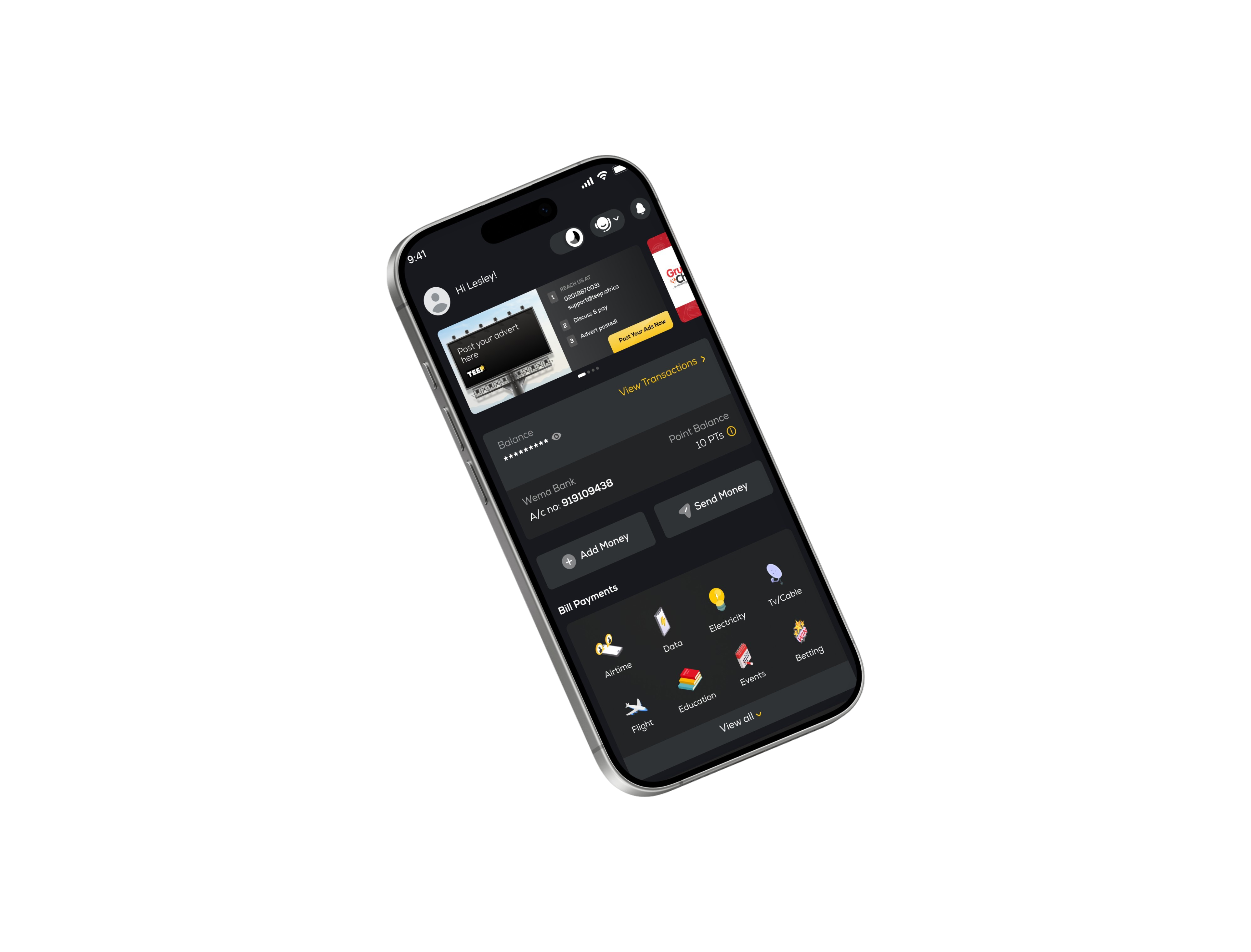
TEEP Buyer Behavior Article
5/7/2025
By Emmanuel
- Need Recognition: The buyer’s behavior begins with the recognition of a need or problem related to managing utility payments efficiently. This can occur when individuals find it challenging to keep track of multiple utility bills, make timely payments, or seek convenience in managing their utilities.
- Information Search: Once the need is recognized, buyers will engage in an information search to explore available options. They may seek information through various sources such as online research, recommendations from friends or family, social media, or advertisements to understand how TEEP can address their utility payment needs.
- Evaluation of Alternatives: During this stage, buyers will evaluate different alternatives, considering factors such as the features and functionalities of TEEP, its ease of use, security, customer reviews and ratings, pricing, and additional services offered (e.g., gas and waste disposal). They may compare TEEP with other similar utility payment platforms to make an informed decision.
- Purchase Decision: After evaluating the alternatives, buyers make the purchase decision. Factors influencing this decision may include the perceived value of TEEP, its compatibility with their devices (mobile phones), pricing plans, and any promotional offers or discounts available. Buyers will also consider the credibility and reputation of TEEP as a reliable utility payment solution.
- Post-Purchase Evaluation: Once the purchase is made, buyers will assess their experience with TEEP. They will evaluate factors such as the ease of registration and setup, user interface, reliability, convenience of making payments, availability of customer support, and overall satisfaction. Positive post-purchase experiences are likely to reinforce their decision to continue using TEEP and recommend it to others.
- Influencing Factors: Several factors can influence the buyer’s behavior throughout the process. These factors include personal preferences, prior experiences with utility payment platforms, social influences (recommendations from friends, family, or online communities), marketing efforts (advertisements, promotional campaigns), and the reputation and credibility of TEEP as communicated through customer reviews and ratings.
It is important to note that buyer behavior can vary among individuals, and the above model provides a general framework based on typical consumer decision-making processes. TEEP’s success in influencing buyer behavior will depend on its ability to effectively communicate the unique value propositions, address customer pain points, and build trust and credibility through positive user experiences. Continuous monitoring and adaptation to changing consumer needs and preferences will be crucial for TEEP’s long-term success in shaping buyer behavior.
Model of Buyer Behavior: Organizational Buyer vs. Individual Consumer for TEEP (Online Utility Payment Platform):
Organizational Buyer:
- Need Identification: In the case of an organizational buyer, the need for an online utility payment platform like TEEP may arise from the desire to streamline and automate utility payment processes for the entire organization. The need may be identified through internal assessments, cost-saving initiatives, or the identification of inefficiencies in the current utility payment system.
- Specification of Requirements: Organizational buyers will define specific requirements for the utility payment platform based on the organization’s size, structure, and operational needs. This may include features such as centralized billing, multi-user access, integration with accounting systems, customizable reporting, and scalability to accommodate future growth.
- Vendor Evaluation and Selection: Organizational buyers will conduct a thorough evaluation of different utility payment platform vendors, including TEEP. They will assess factors such as the platform’s functionality, compatibility with existing systems, security measures, reliability, customer support, and vendor reputation. The evaluation may involve product demonstrations, requesting proposals, and reviewing case studies or references.
- Negotiation and Contracting: Once a suitable vendor is identified, organizational buyers will negotiate pricing, terms, and contractual agreements with TEEP. This may involve discussions on pricing plans, payment terms, implementation support, and service level agreements. Legal and procurement teams may be involved in the contract negotiation process.
- Implementation and Adoption: After finalizing the contract, organizational buyers will work closely with TEEP to ensure a smooth implementation process. This may involve data migration, system integration, user training, and change management initiatives. The organizational buyer will coordinate with relevant departments and stakeholders to ensure successful adoption and utilization of TEEP across the organization.
- Post-Implementation Evaluation: Once TEEP is implemented, the organizational buyer will assess its performance and effectiveness in meeting the organization’s utility payment needs. Key metrics may include cost savings, process efficiency, user satisfaction, and the ability to generate insights from utility payment data. Continuous monitoring and feedback may be provided to TEEP to address any issues or enhance the platform’s functionality.
Individual Consumer:
The model for an individual consumer is similar to the previous model mentioned for TEEP’s buyer behavior, with the following considerations:
- Need Recognition: Individual consumers may recognize the need for an online utility payment platform like TEEP through personal experiences, frustrations with traditional payment methods, or recommendations from peers.
- Information Search: Individual consumers will seek information about TEEP’s features, ease of use, security, pricing, and user reviews through online research, social media, word-of-mouth, and TEEP’s marketing channels.
- Evaluation and Decision Making: Individual consumers will evaluate TEEP based on their specific requirements and preferences. Factors such as user-friendly interface, convenience, affordability, customer support, and trustworthiness will influence their decision to choose TEEP over alternative options.
- Purchase and Adoption: Individual consumers will complete the purchase process by registering with TEEP, setting up their account, and linking their utility bills. They will then adopt TEEP as their preferred utility payment platform, making regular payments and utilizing its features and services.
- Post-Purchase Evaluation: Individual consumers will assess their experience with TEEP, considering factors such as ease of use, reliability, customer support, and overall satisfaction. Positive experiences will lead to continued usage and potential recommendations to others.
The key difference between organizational buyers and individual consumers lies in the decision-making process, as organizational buyers focus on meeting the needs of the entire organization, while individual consumers prioritize their personal preferences and convenience.
It’s important to note that the complexity and decision-making process may vary depending on the size and nature of the organization, as well as the individual consumer’s preferences and requirements. The model provided gives a general framework
Reference;
Roy H, Terry. J (1977) Organizational Buying Behavior. Chapter 3
Michael J, Stephen T. (2016) Organizational buying behavior: Purchasing and marketing. Chapter1,4,5
Peng S, Aziz G · (2008) Exchange Behavior in selling and sales management: Chapter 3




